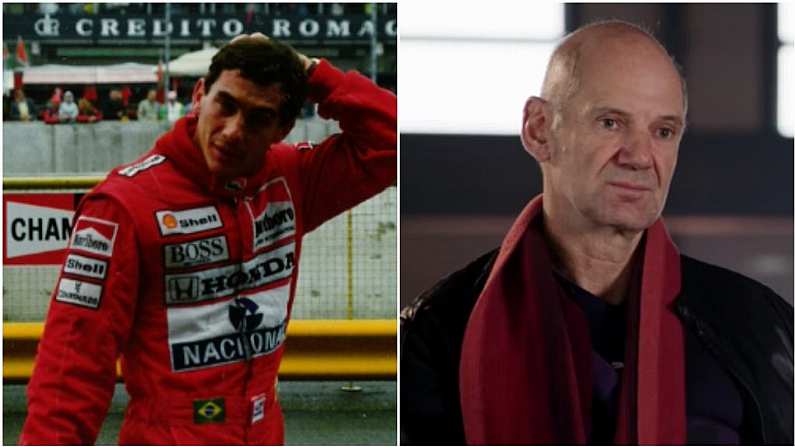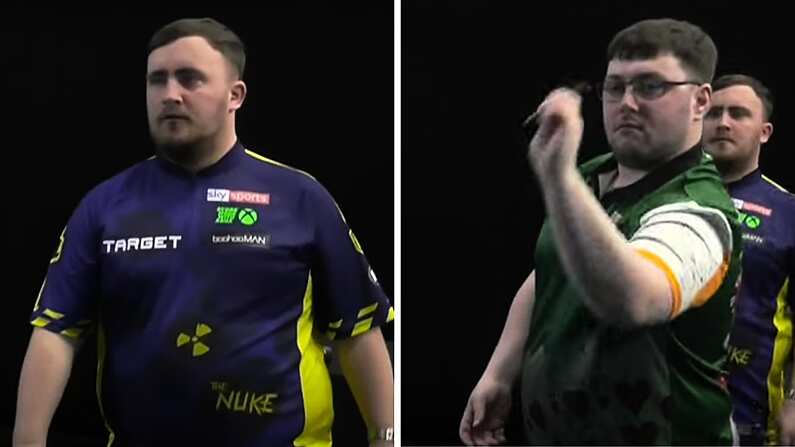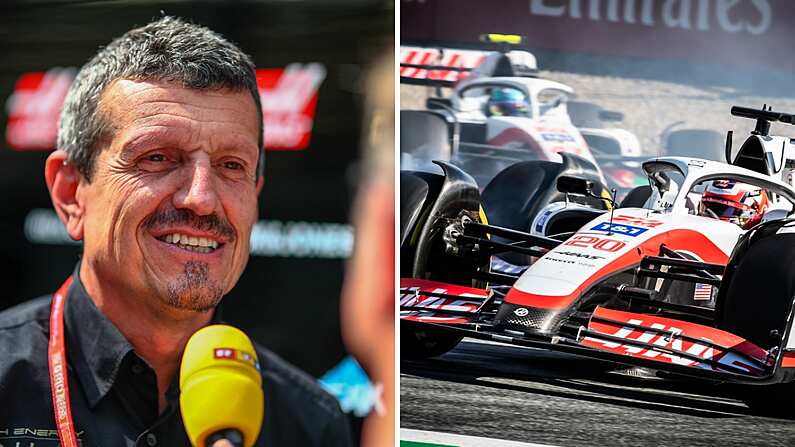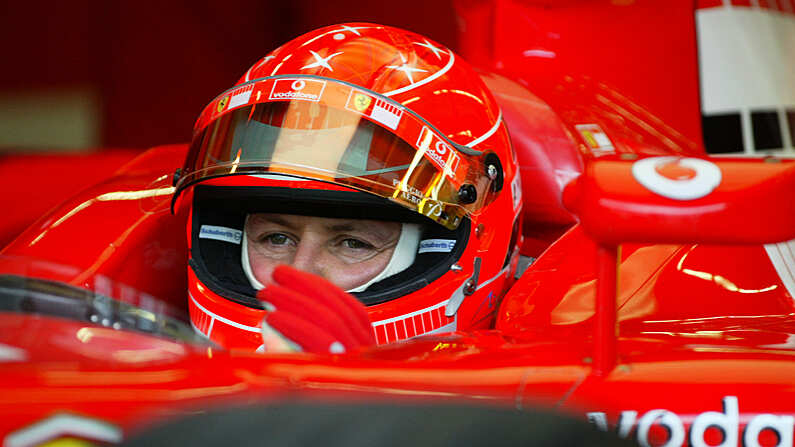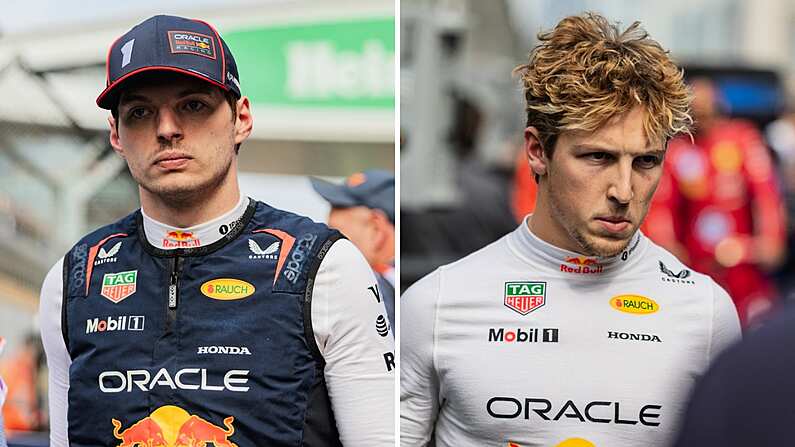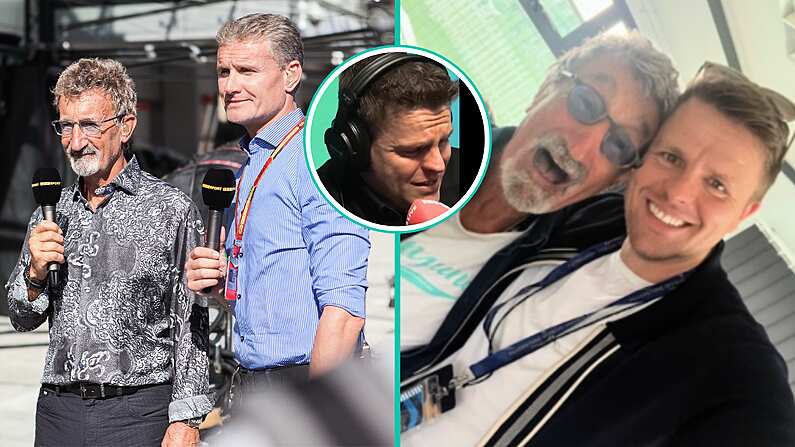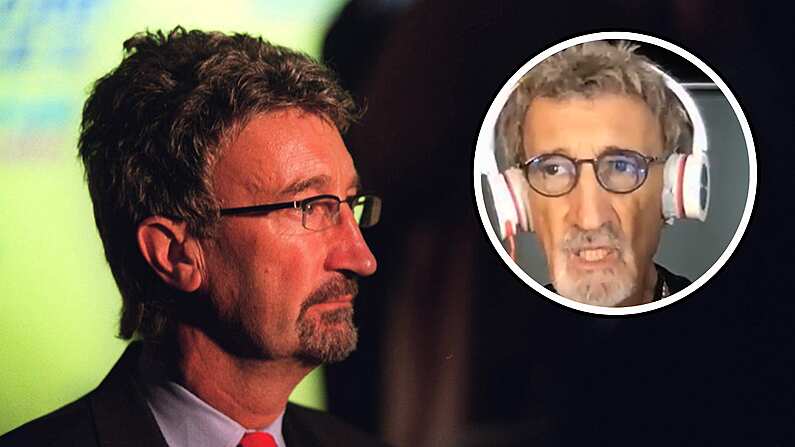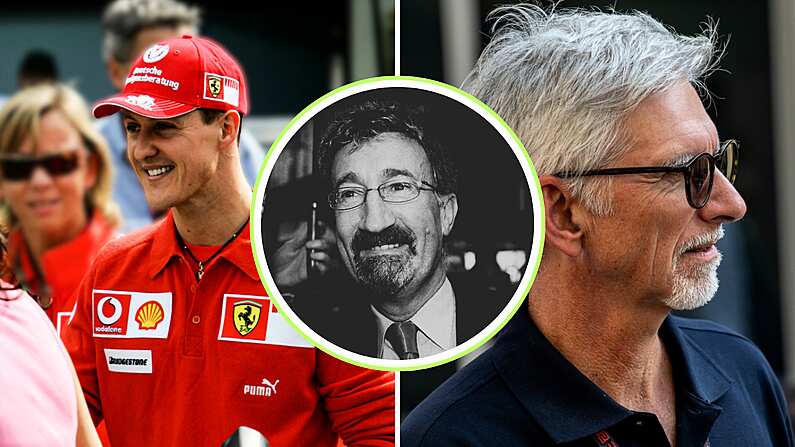He is one of Formula 1's most sought-after minds. With Williams, McLaren and Red Bull, Adrian Newey has designed numerous championship-winning cars.
Yet, with the release of his autobiography, How To Build A Car, much of the focus will be directed toward one of his more infamous designs; Ayrton Senna's Williams FW 16.
A car that would give Williams the 1994 Constructors' Championship, it was also the car in which the Brazilian driver would be killed during that year's San Marino Grand Prix.
It is a reality that still haunts Newey.
Recalling the events in his new book, Newey sets the scene for a moment that he "still feels guilty about":
Michael Schumacher’s on-board footage shows sparks spraying like Roman candles behind Ayrton’s car as he takes the inside line at Tamburello. What you see next is the rear of Ayrton’s car step out to the right. For a heartbeat, the car is pointing to the left, then suddenly it snaps right and disappears in that direction.
Remembering the image of "Ayrton sitting perfectly normally in the car, upright with his head against the headrest - but not moving", portrays the bizarre scene that predated the news nobody, least of all Newey, could have expected; "Ayrton was dead."
Although from his position in the pit Newey was not able to see Senna first hand, the sounds he could hear had a profound impact upon him:
Another thing I remember, something burnt into my brain, is the noise from the spectators. The horns, klaxons and tambourines. All this excited frenzy that carried on despite the terrible tragedy unfolding. The sound, a trademark of the Italian Grand Prix, to this day sends shivers down my spine.
While any death in such a sporting environment would be a disaster, the experience of being even marginally involved in the death of Senna, a man "people had speculated might be president of Brazil one day", gave him cause to reconsider what he was involved with:
Was it all worth it, just to watch a bunch of cars racing around a track on a Sunday afternoon?
Beyond the loss of a colleague and such a talented driver, the reality of what had occurred left some potential culpability with Newey.
While absolute clarity regarding what malfunction brought about Senna's untimely death remains impossible, the fact remained, this was a car that Newey had designed; a car that had in some way or another been responsible for a fatality:
Patrick Head was technical director and, therefore, had technical charge of the team. I was chief designer and responsible for the overall design of the car. As leaders of the ship, we had to assume responsibility.
Exploring the various theories surrounding such a sudden accident, Newey believes the most logical reasoning can be found in the supposed puncture to one of Senna's tyres that would have caused the rear of the car to step out.
An eventuality that would normally leave someone of Newey's expertise asking, "why, after the car stepped out, did Ayrton fail to control it?":
There are two possibilities. One is that the steering column failed at this point. The other is that as the car came off the back side of the hump pointing left, but with the front wheels still pointing straight ahead, the rear suddenly gripped and threw it sharply right.
What we could see once we were allowed to inspect the steering column was that it had a fatigue crack, so it was going to fail sooner or later. It had fatigued roughly a third of the way around the circumference and the rest had snapped, either in the impact or from the pressure Ayrton exerted while trying to control the car after the rear stepped out.
Where the steering column failed was where it had been locally reduced by 4mm in diameter.
As with most elite sportspeople, Senna had specific design requests for his car that Newey complied with.
Lowering Senna's steering wheel so as to avoid the driver's knuckles rubbing on the inside of the chassis, Newey has one major regret on how this request was carried out:
What I didn’t do was look at the detailed drawing myself or have a proper checking system in place to make sure that it had been done in a safe manner.
It’s a simple, well-known law of engineering that to maintain stiffness and strength you have to increase wall thickness, but that wasn’t done.
Ultimately, Patrick and I were responsible for that.
Incapable of overcoming the guilt he feels for his involvement in Senna's death, Newey now knows that "it was a bad piece of design that should never have been allowed to get on the car."
Further issues regarding how aerodynamically stable the car was clarifies the risks Newey now admits to mistakenly taking. Desperate to "give Ayrton a car that was worthy of him", Newey's memories of that day in Imola make for a harrowing recollection of a dark day for motor-sport.


